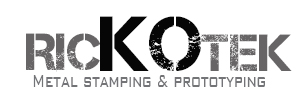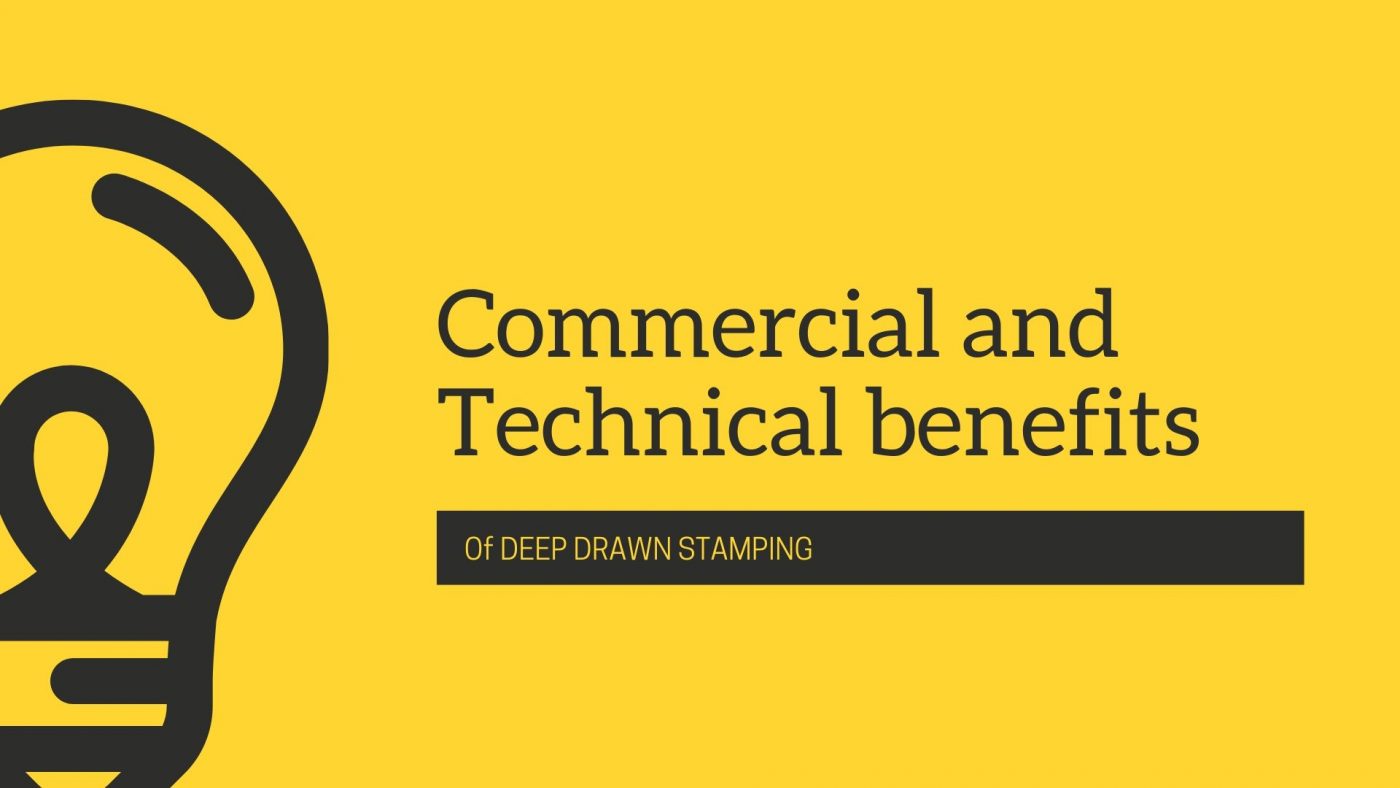A
There are numerous manufacturing technologies and processes available to fabricators. However, the deep drawing process is the only process that can confer commercial and technical benefits. This fabrication process is responsive to customer needs and demands while at the same time, it maximizes cost-effectiveness. Importantly, metal fabricators can adapt the deep draw process to a wide variety of materials and specifications.
On the commercial front, the process is capable of generating cost savings on every part produced. Moreover, by using deep drawing metal fabrication, customers benefit from esoteric savings throughout the production process and production run. As such, the deep drawing process has the potential of improving your bottom line.
Top Commercial Benefits Of Using Deep Drawing
Deep drawing is the process of drawing the material through a die or several dies by using linear stress, thereby producing parts. The process confers several commercial benefits to customers who use the process to create their parts. Among such benefits include:
• Lower Product Costs Per Unit
• Adaptive Response
• More Parts Per Lot
These are the most significant commercial benefits you can accrue from having your parts produced using the deep drawing process. The list is by no means exhaustive, but it gives you an idea of how much you stand to gain. For instance, you get esoteric savings by accruing the various benefits derived from the entire supply chain when you use suppliers who use the deep drawn process. Some of the esoteric savings emanate from having the capability to use varied materials in the process. Another benefit to having in mind is the faster cycle time.
Unit Costs
Compared to stamping and rolling, deep drawing uses more of the stock material and generates much lower waste. It lowers the supply costs, maintaining the cost on a near equivalent basis. As such, you can produce more parts per pound of material you purchase, thereby yielding optimal saving on per-unit price. Deep drawing can reduce the budgetary needs for the supply of materials and shore up your bottom line.
B
Compared to other manufacturing and industrial processes, deep drawing yields several unique technical benefits. Many of the assemblers and industries are prioritize on incorporating these benefits into their parts. While commercial benefits are essential, it is the technical benefits that make the commercial benefits worthwhile.
Deep drawing is when materials are placed under linear stress to draw the metal through dies to produce parts. As such, some of the benefits of the process are material specific. However, the process allows fabricators to use various materials, unlike other fabrication methods that necessitate using a particular metal to produce a particular end product.
Top Technical Benefits Of Using Deep Drawing
Deep drawing offers a cost-effective and efficient solution when making individuals parts of various sizes. Some of the benefits you can accrue from using deep drawing include:
• Faster cycle times
• Seamless produces
• Precise and accurate products or parts
• Ability to diverse materials
Deep drawing can create products or parts with no defined connective points or seams that can interfere with its quality. Additionally, the production process can produce parts in a wide variety of sizes. As such, customers can get large parts with no seams or connective parts. The most important benefit of having no connective points or seams is reducing the risk of failure of the drawn parts.
Detailed Precision
Fabricator such as RICKOTEK produces precise parts using the deep drawing process. The resulting pieces are highly accurate throughout the entire production cycle. The accuracy is reproduced part after part, which negates quality control issues from arising on the parts and, ultimately, the final product. The highly accurate, seamless parts can be costly to produce. However, our fabricators can maintain high accuracy throughout the production cycle by deep drawing parts and products.
A Wide Variety Of Materials And Faster Cycle Times
You can use deep drawing on a wide variety of metals. As such, you can better centralize your parts. Moreover, you also benefit from faster cycle times. You can make adjustments to your parts and products quickly and efficiently without suffering from delays and disruptions. The overall production and delivery of the end product can go on unchecked.
The various technical advantages of the deep drawing indicate that there are enormous benefits of using this process instead of other fabrication processes. Industries that need highly accurate and specific parts with seamless fabrication, made of metals and faster cycle timers, should consider using deep drawing. The fabrication process is cost-effective and adaptive to your needs and requirements.

